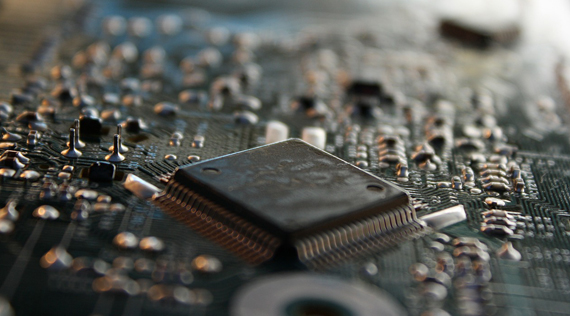
SEATTLE (Waste Advantage): Statistics suggest that around 130 million cell phones are tossed aside annually, which is not surprising considering most Americans get a new cell phone every 18 to 24 months. Whether you’re looking to upgrade your current phone or cleaning out the junk drawer, you cannot simply throw cell phones in the trash. Electronic waste is a big concern in the United States. According to a UN report, only 20% discard their old phones properly.
To ensure your old devices do not contribute to the growing e-waste pollution problem, we highly recommend donating or recycling your old cell phones. However, before you make the final handoff, you must take the proper steps to secure all personal data and information left on your old device. In this article, we discuss all the measures you can take to protect your data and security before recycling or donating an old cell phone.
Back Up Your Data
Depending on how long you had your old cell phone, it is probably safe to assume there are some important files on there. The average person has 630 photos on their cell phone – that is a lot of precious memories that you certainly don’t want to lose! Likewise, there are videos, contacts, notes and other documents saved on your old device. To ensure they are not lost forever, you need to back up these files.
You can either back up your old files to another memory card or store them online through the cloud. The latter is generally an easier process because you can do it online and does not require you to buy another memory card. However, backing up files onto the cloud varies by the mobile device. For instance, Android users can back up their files through Google. Likewise, Apple users have iCloud. There are also third-party cloud backup services available such as Dropbox and Microsoft OneDrive. These cloud backup services can operate using WiFi only, preventing the need to reactivate your old cell phone.
Remove the SIM Card and Memory Card
Just as you do not want to lose those precious files on your phone, you definitely don’t want them falling into the hands of a stranger. That is why, once you back everything up, it is recommended to remove the SIM card and any other memory cards on the device to protect your personal security. Occasionally, SIM cards store contact information and other personal data. So, even if you discontinued your cell service, people can still access that information if they have your old cell phone and the SIM card is still intact.
On newer Android and iPhone models, the sim card is a lot easier to access. They generally have their own port and only require a paper clip to access them. On older models, it generally involves removing the back cover and battery. If you are unsure how to remove your SD or SIM card, check your phone’s manual, or contact your provider’s customer support.
Delete Your Accounts
Signing out of your accounts such as your Apple ID and Google Account is good practice. Doing so helps ensure that all identifying information is removed and that your phone is ready to be used by another party or easily recycled.
Many modern smartphones have a built-in security feature called an ‘activation lock’. The idea is that if your cell phone were stolen and then erased, it would lock out the thief and prevent the phone from being used. However, the unintended consequence of not disabling this feature means that your phone could not be reused or recycled for anything more than scrap materials.
Signing out of your accounts is easy! Go into the phone settings, find the accounts menu, select your account and delete/sign out. Keep in mind that the phone may need a WiFi connection or cellular signal to perform this step.
Conduct a Factory Reset
Now that you removed all the external storage cards and backed-up all your files it is time to wipe your phone clean through a factory reset. A factory reset is a built-in feature most cell phones have. The software erases any internal memory left on the device. It is referred to as a “factory reset” because it returns your phone to the state it was in when it left the factory.
It is important to note, once you conduct a factory reset, all of that data is permanently erased. So, if you forget to back-up your files before conducting a factory reset, those files are lost forever. The way you conduct a factory reset depends on the model and software version. Generally the option to perform a factory reset is located in the settings menu and a simple google search on “factory reset for device x” should provide you with all the information you need.
Courtesy: www.wasteadvantage.com
| Copper Scrap View All | |
| Alternator | 0.32 (0) |
| #1 Copper Bare Bright | 3.76 (-0.01) |
| Aluminum Scrap View All | |
| 356 Aluminum Wheels (Clean) | 0.73 (0) |
| 6061 Extrusions | 0.64 (0) |
| Steel Scrap View All | |
| #1 Bundle | 460.00 (-15) |
| #1 Busheling | 480.00 (-15) |
| Electronics Scrap View All | |